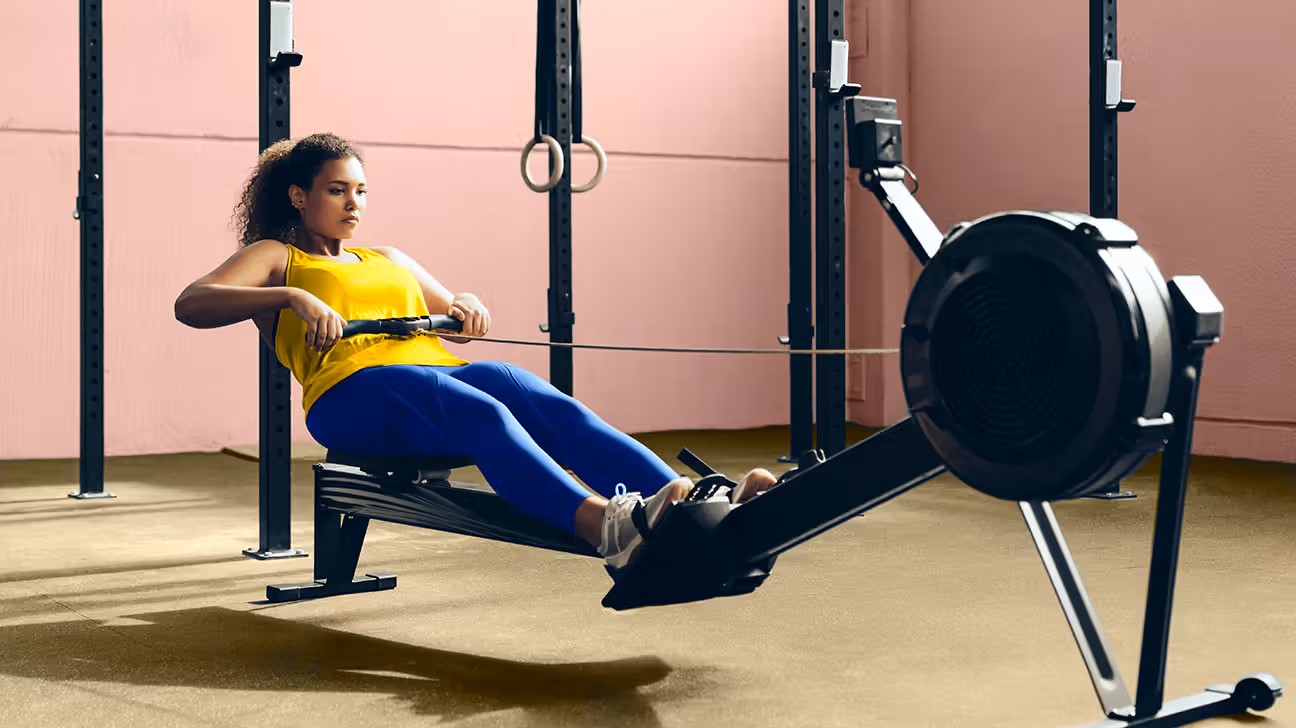Are you looking for a workout that delivers results, challenges your body, and burns calories? Look no further than rowing. Rowing, often overlooked in the fitness world, is a powerhouse exercise that provides a full-body workout and offers numerous benefits. In this article, we will explore why rowing is not only a good exercise but also a great addition to your fitness routine.
Contents
Is Rowing a Good Exercise?

Absolutely! Rowing is a fantastic form of exercise, offering a plethora of benefits for both your body and mind. Here’s a breakdown of why you might want to consider picking up an oar:
- Full-Body Workout: Rowing engages nearly 85% of your muscles, making it an extremely efficient way to work your entire body. From your legs and core to your arms and back, each stroke targets multiple muscle groups, providing a comprehensive and balanced workout.
- Calorie Burning Machine: When it comes to burning calories, rowing ranks high on the list. While it may not burn as many calories as running, it surpasses other cardio machines like the elliptical. The number of calories burned during rowing depends on factors like speed, intensity, and resistance, but rest assured that it offers a solid calorie-burning session.
- Time-Saving: Rowing is a time-efficient exercise as it allows you to achieve the same fitness benefits in less time compared to traditional cardio exercises like cycling or running. You’ll be amazed at how quickly you can see and feel the results after just a few rowing sessions.
- Low-Impact Experience: Rowing provides a low-impact experience, which means it is gentler on your joints compared to high-impact exercises like running. By eliminating the stress on your back and knees, rowing allows you to get a challenging workout while giving your joints a much-needed break.
- Complements HIIT Training: The pulling action of rowing makes it an excellent complement to high-intensity interval training (HIIT). HIIT workouts often focus on push exercises like push-ups but lack pulling exercises. Incorporating rowing into your HIIT routine helps achieve a more balanced upper body workout.

How to Use a Rowing Machine?
Using a rowing machine may seem daunting at first, but with proper technique and guidance, you can maximize your workout and reap all the benefits it has to offer. Here’s a step-by-step guide on how to use a rowing machine effectively:
- Adjust the foot straps: Before you begin rowing, make sure to adjust the foot straps to secure your feet in place. This will provide stability during your workout and help prevent any unnecessary strain.
- Sit on the seat: Take a seat on the rowing machine, ensuring that you’re positioned comfortably with your feet securely placed on the footrests. Maintain a straight posture, keeping your back upright and shoulders relaxed.
- Grab the handle: Reach forward and grab the handle with an overhand grip, keeping your hands shoulder-width apart. Remember to maintain a relaxed grip throughout your rowing stroke.
- Warm-up: Begin your workout with a brief warm-up to prepare your muscles and joints. Start with a low-intensity rowing motion to gradually increase your heart rate and blood flow.
- Rowing technique: The rowing stroke consists of four phases: the catch, drive, finish, and recovery. Here’s a breakdown of each phase:
- Catch: Start by pushing your legs away from the footrests while keeping your arms extended. Lean slightly forward from your hips, engaging your core muscles, and maintaining a natural curve in your lower back. This is the starting position.
- Drive: Initiate the drive phase by extending your legs explosively, pushing against the footrests. As your legs straighten, lean back slightly, pulling the handle towards your chest. Engage your back muscles and squeeze your shoulder blades together.
- Finish: Once your legs are fully extended, lean back slightly further, bringing the handle just below your chest. Pause briefly here to engage your core and upper back muscles.
- Recovery: To return to the starting position, reverse the motion by leaning forward from your hips, extending your arms, and bending your knees. This completes one full rowing stroke.
- Set your intensity: Depending on your fitness level and goals, you can adjust the resistance level on the rowing machine to increase or decrease the challenge. Experiment with different resistance settings to find what works best for you.
Conclusion:
So, if you’re looking for a time-efficient exercise, that provides a full-body workout, and helps you burn calories, rowing is an excellent choice. Incorporate it into your fitness routine and enjoy the numerous benefits it offers for your overall health and well-being.
Frequently Asked Questions:
Is 20 minutes of rowing a day enough?
If you engage in daily workouts that include cardio, and weights, and cover major muscle groups, 20 minutes of rowing can be enough if you give it your all, break a sweat, and feel that workout high at the end.
Is rowing better than walking?
Rowing machines have an advantage for weight loss and burning fat due to engaging more muscles and using more energy. The combination of endurance and strength in rowing can boost your metabolism and increase calorie burn.
What happens to your body after rowing?
Rowing recruits large muscle groups in both the upper and lower body, strengthening your cardiovascular system and improving overall cardiovascular health. It provides a full-body experience, making it an efficient workout.

Hello, I’m Ravindra. Over the years, I’ve immersed myself deeply into the world of fitness and health, transforming both my body and mind. Writing has allowed me to share my journey, insights, and expertise with those just starting out and seasoned fitness enthusiasts alike. Beyond just routines and diets, I believe in inspiring others to adopt a holistic approach to well-being.
